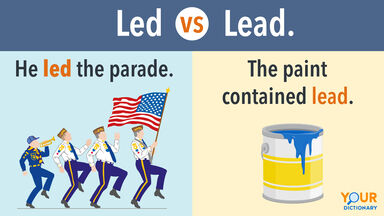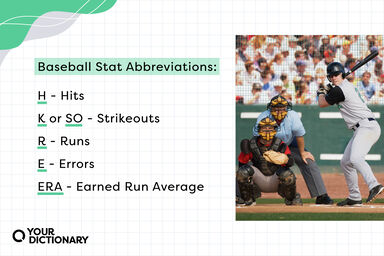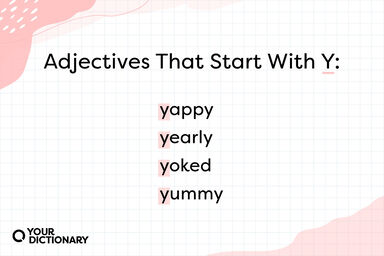Water when absolutely pure has no action on lead, but in the presence of air the lead is quickly attacked, with formation of the hydrate, Pb(OH) 2, which is appreciably soluble in water forming an alkaline liquid.
Dilute nitric acid readily dissolves the metal, with formation of nitrate Pb(N03)2.
The corresponding hydrate, Pb(OH)2, is obtained as a white crystalline precipitate by adding ammonia to a solution of lead nitrate or acetate.
It dissolves in an excess of alkali to form plumbites of the general formula Pb(OM) 2.
By dissolving red lead, Pb304, in glacial acetic acid and crystallizing the filtrate, colourless monoclinic prisms of lead tetracetate, Pb(C2H302)4, are obtained.





